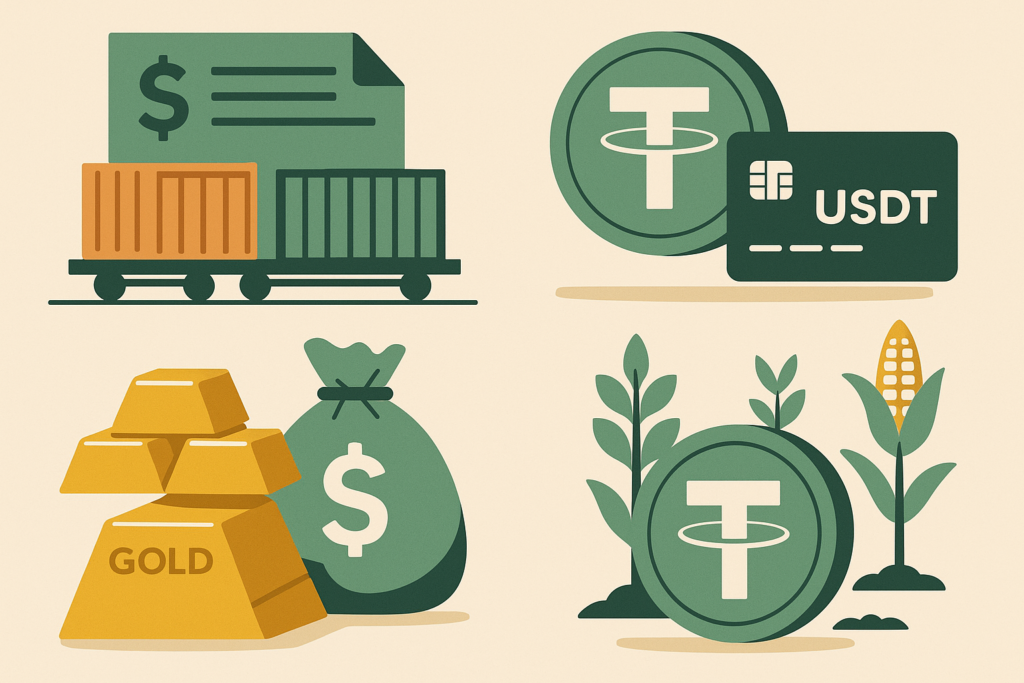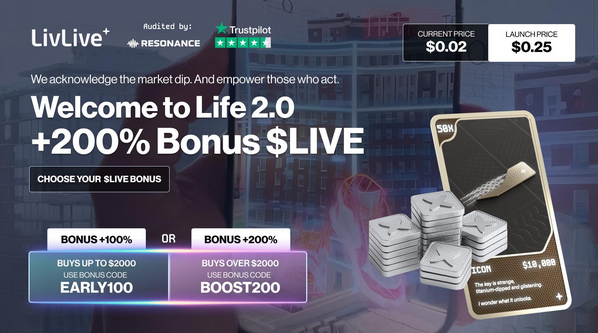
How Tether is Reshaping the Commodities Trading Industry
Stablecoins are no longer limited to cryptocurrency trading platforms. Among them, Tether, the issuer of the widely-used USDT stablecoin, is creating waves by stepping into the world of physical goods. By integrating stablecoin liquidity into global commodities trading, the company is revolutionizing how goods like oil, wheat, and cotton are financed and traded.
The Evolution of Trade Financing: From Banks to Stablecoins
Trade financing has always relied heavily on bank credit. Traders acquire short-term loans, often denominated in US dollars, to purchase cargoes of goods in transit. Once the goods are delivered and sold, these loans are repaid. However, recent years have seen banks scale back exposure in certain commodity markets due to rising risk factors, including fraud scandals and geopolitical uncertainties.
This gap in financing has paved the way for Tether’s lending model. Launched in 2022, its Trade Finance unit operates independently of the reserves backing its stablecoins. The unit provides fast-moving, high-yield credit backed by digital assets, offering traders a more accessible and efficient form of funding in the commodities sector.
Tether’s Unique Approach and its Impact on the Market
Tether’s success lies in its ability to cater to regions and firms underserved by traditional banks, particularly in emerging markets where geopolitical tensions or lack of collateral limit credit access. This innovative model is not only filling the void but also offering higher interest returns due to the perceived risks involved, with some rates even reaching double digits.
The short repayment cycle in commodity trading further aligns with Tether’s goals. For instance, shipping a load of wheat across the Atlantic is typically a 30-day process, enabling lenders to quickly receive returns and reinvest in new deals.
Expanding Horizons Into Precious Metals and Agriculture
Tether is also making significant strides in physical commodity management. In addition to its lending activities, the company has built one of the largest private gold reserves, excluding those held by governments and banks. Its gold-backed stablecoin, XAUT, has a market valuation of nearly $2.2 billion. If you’re interested in gold investments, consider learning more about Tether Gold (XAUT).
Furthermore, the company is expanding into agriculture. In a landmark deal, Tether raised its stake in the South American agribusiness Adecoagro SA to 70%, securing greater control over the agriculture supply chain. Combined with its growing influence in commodities like oil and soft goods, Tether is strengthening its role as a key player in global trade.
The Broader Implications of Stablecoins in Commodities Trade
The adoption of USDT in real-world finance is increasing, especially in regions like Latin America, where stablecoins are extensively used for remittances and cross-border payments. The passing of stablecoin legislation in the U.S. has further bolstered this trend, providing regulatory clarity and accelerating their acceptance in traditional sectors.
By embedding its stablecoin technology into the commodities trading ecosystem, Tether enables faster payments, traceable transactions, and greater liquidity access for traders operating outside traditional banking systems.
With nearly $200 billion in reserves and ambitious goals to transform the commodities trading landscape, Tether is setting a precedent for how digital currencies can integrate with and reshape physical market operations. This is a game-changer for traders and investors looking for innovative solutions in a rapidly evolving financial ecosystem.
Conclusion
Tether’s foray into commodities finance and its ability to combine blockchain efficiency with the logistical scale of physical goods trading is a testament to the future potential of digital currencies. As the company’s influence grows, it will be exciting to see how stablecoins like USDT further revolutionize traditional industries.



